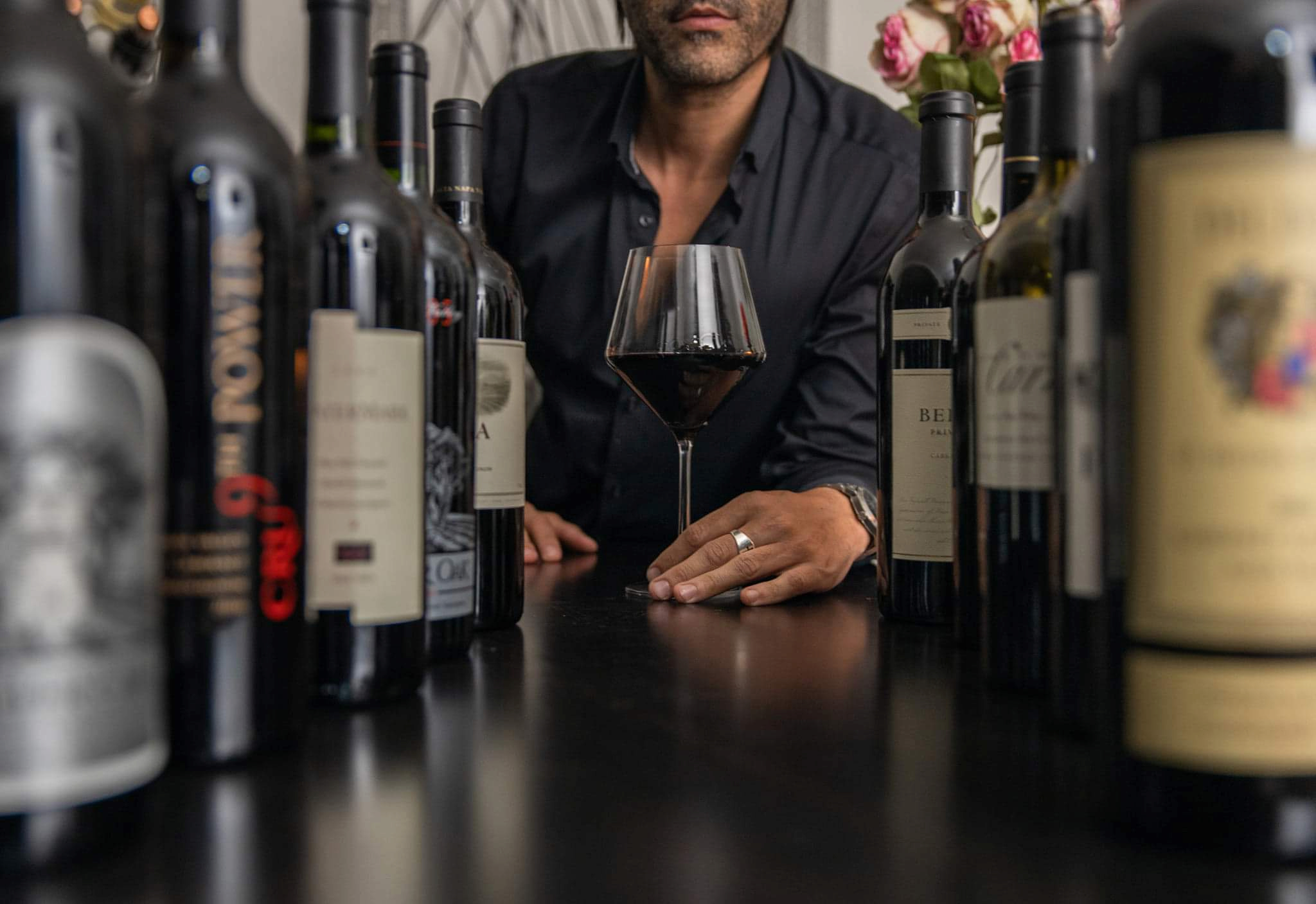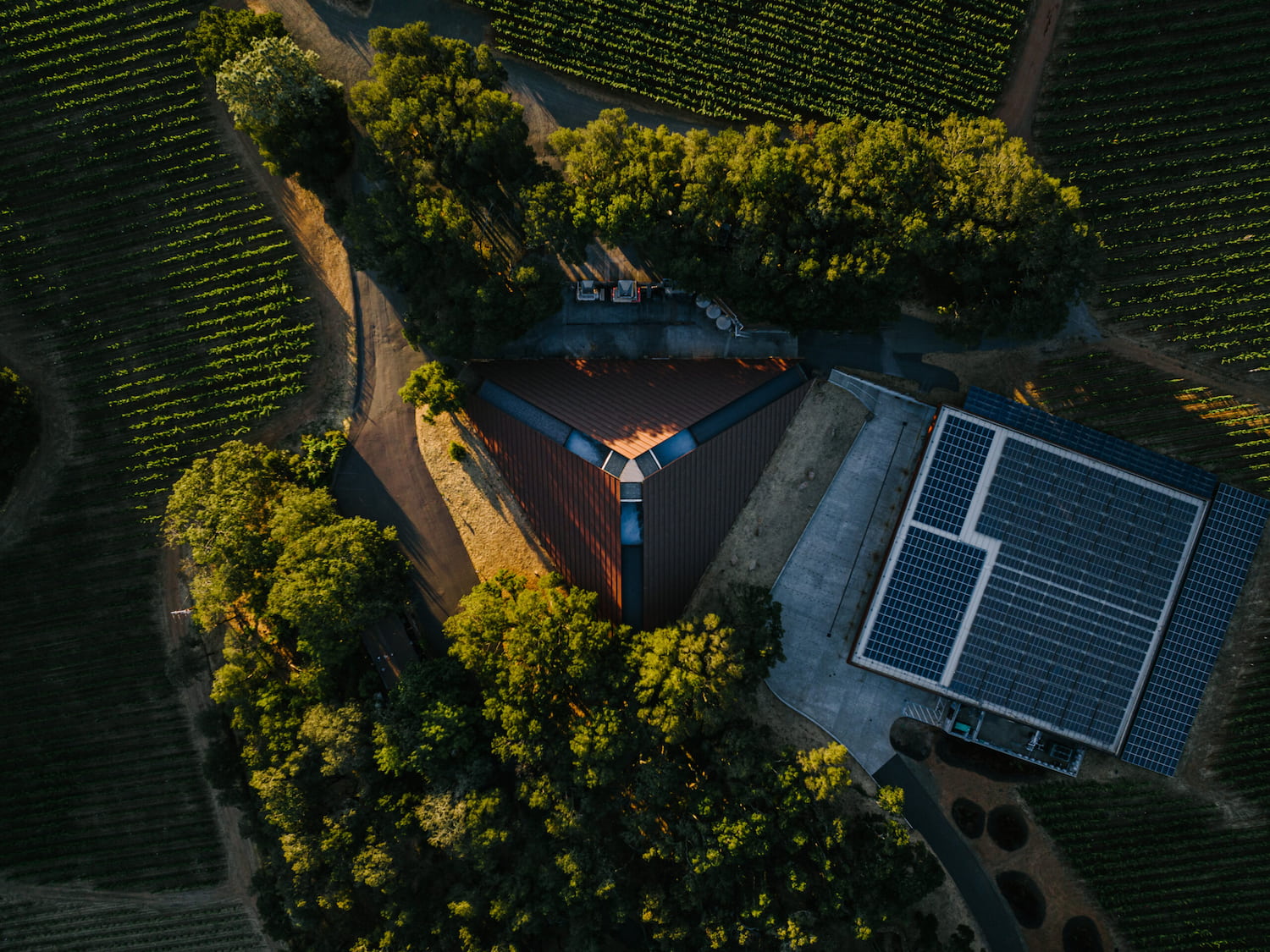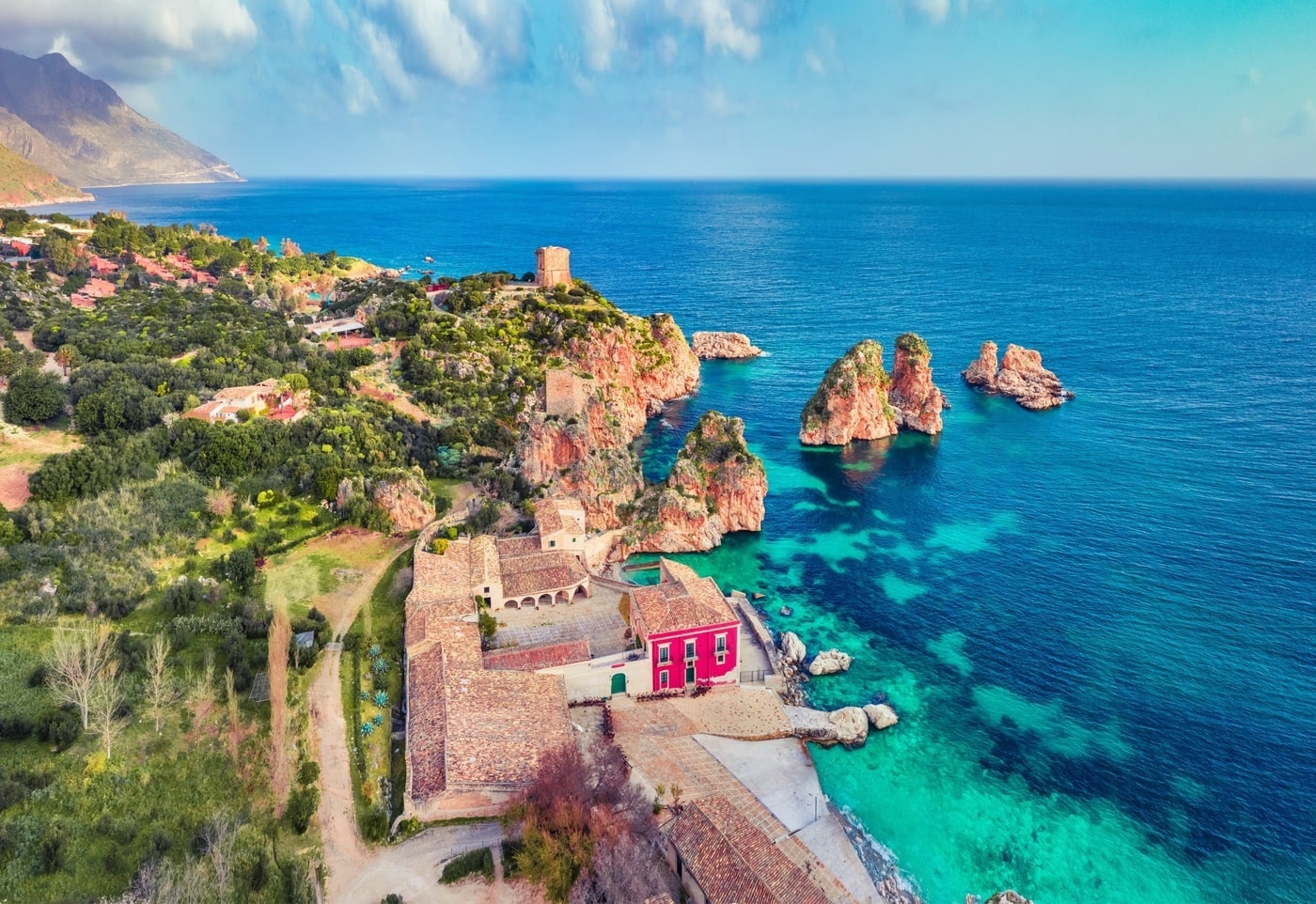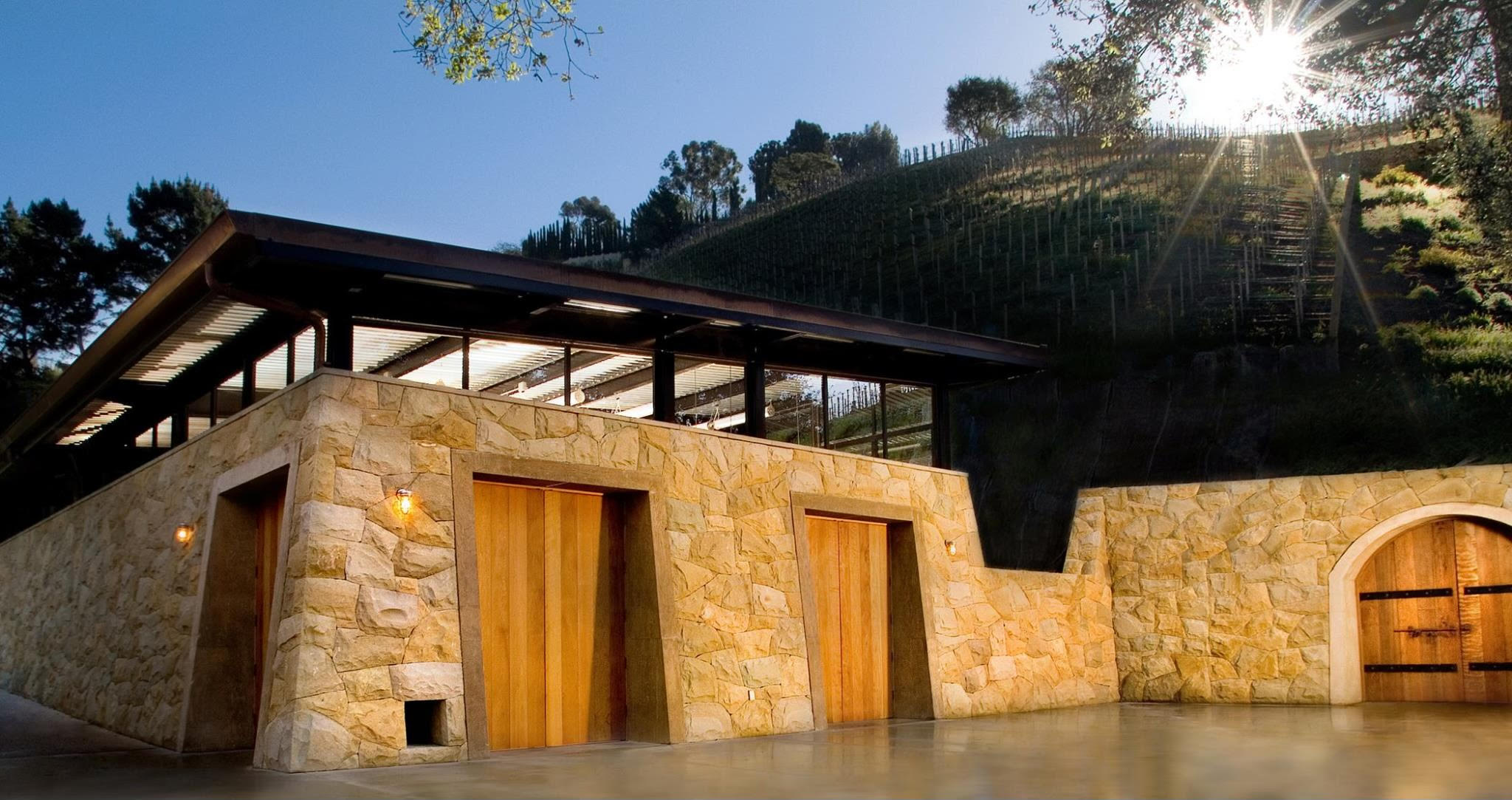In recent years, we’ve seen a significant shift towards more health-conscious choices, coupled with ethics such as sustainability coming into play when considering which foods and beverages to purchase and consume.
Following this trend very closely are an abundance of terms such as USDA Organic, that come with regulated certifications. Others are clever buzz words, like the commonly used “All-natural” or “Pasture Raised”; which are open to interpretation since these terms are unregulated by the US government. Wine is no different. There are wines produced via grapes that have been heavily sprayed with various toxic chemicals, whose juice has been altered using unnatural additives which happen to have a very clever word, savvy marketing teams. Alternatively, there are wines farmed Organically or Biodynamically on unadulterated land, produced with nothing but the grapes and natural yeasts that occur on the grapes. Deciding to consume biodynamic wine as opposed to conventionally (?) produced wine, could heavily impact the way you feel the next day (hangover cure!). If you make the switch to biodynamic wine permanently, it could certainly have an impact on your long-term health.
Two of the most significant and reliable quality related certifications used in wine are Organic and Biodynamic. Sustainable Certifications are also gaining popularity and are certainly noteworthy. “Natural” wine, though a trend, has no agreed upon or regulated definition.
Organic Wine is focused on cleanliness and purity. It is made without any unnatural ingredients or synthesized sprays or additives. No herbicide, pesticide, insecticide etc ‘Icide’ is Latin for ‘to kill’ and Organic wine producers don’t want to kill anything.
Biodynamic Wine at its base follows the same rules as organic wine, however it is focused more heavily on agricultural health and creating a closed cycle of life within the farm, ultimately focused on farming the highest quality fruit from the healthiest possible land. Within this cycle of life, you will find animals roaming the vineyards eating grass and weeds. Biodynamic wine producers are focused on being proactive rather than reactive with regards to their farming approach. They choose not to react to farming challenges with toxic corrective sprays but to find natural solutions which will both solve the problem at hand and cause the land to be healthier in the future (consider re-active as eating fast food everyday then taking prescription drugs once you become sick. Proactive is like eating a healthy diet coupled with exercise and naturopathic supplements insuring your health into the future). Biodynamic wine farming also has a spiritual side in addition to its holistic side whereas they time their farming practices inclusive of planting and harvesting to follow the Lunar cycle / Biodynamic Calendar. This practice has been followed for hundreds of years, this is also considered to be part of the Cycle of Life or Biodiversity within a biodynamic farm.
- Fruit Days: Best for harvesting grapes (when the moon is in the water signs i.e. Airies / Leo )
- Root Days: Ideal for pruning (when the moon is in the Earth signs i.e. Taurus / Virgo)
- Flower Days: Leave the vineyard alone (when the moon is in the air signs i.e. Gemeni / Libra)
- Leaf Days: Ideal for watering plants (when the moon is in the water signs i.e. Cancer / Scorpio)
In addition to this there are various animal parts used in the preparation of sprays and compost additions (detailed at bottom of article) which are also used for Spiritual reasons rather than scientific or otherwise. BUT before we scare you away, be aware that the leading Biodynamic certification body ‘Demeter’ has existed in some stage of its evolution since 1928 and has for many years now had an American Demeter branch in Oregon as well as a Demeter branch in Canada in addition to their head office in Darmstadt Germany. The last piece of the Biodynamic wine puzzle are 9 mandatory Biodynamic preparations which we will detail shortly. Two of which are sprayed on the vineyard and seven are added to compost. The ultimate goal is an incredibly healthy farm operating in a self sustaining cycle of life producing fruit of exceptional quality. Note that Demeter Biodynamic recommends minimal Oak use as they would prefer biodynamic wine producers to show off the quality of the fruit / wine.
As it stands wine producers do not need to disclose the ingredients they add to their wines on the label, so it is easy to believe that one wine is just as clean or healthy for you as the next. A few less desirable ingredients in many mass produced wines are
- Powdered Tannins;
- Calcium Carbonate; (Chalk) used to lower acidity
- Acetaldehyde; used as a color stabilizer (likely the cause of headaches which tend to be blamed on Sulfites)
- Dimethyl Dicarbonate; used to sterilize and stabilize wine. Actually poisonous when added, however the poison fades off in about 30 to 45 minutes
- Sugar
- Grape Juice Concentrate
I’ll also mention Sulfites however I believe they have a bad rap. Sulphur is actually far and away the best natural (natural lol) wine preservative we have and sulphur also kills bacteria. There are more sulfites in the salad that you had for lunch than in most wines and there are 10 times more sulfites in an order of french fries than a bottle of wine. Truthfully only 1% of the population has sensitivity to sulfites (but again, see Acetaldehyde above).
Note that adulterating wine is exceptionally easy. Amazon sells an abundance of wine additives that can be delivered to your home or winery in a day or two.
Aging Process
Biodynamic wines absolutely have the ability to age and develop as well or better than any other wines. The challenge or misconception is related to sulphur use. You see USDA Organic certification bans the use of ANY sulphur within their wine production (EU Organic allows 150ppm sulphur addition & others allow 100ppm) which means there is very little preservative protecting the wines age-ability. Many believe that USDA Organic certified wines have a very limited shelf life and that both reds and whites should be refrigerated due to the zero sulphur rule. Be this as it may, these are still great wines produced in a very ethically organic way, they simply may not be able to age as well as others. Demeter Biodynamic Certification however allows for 100ppm of sulphur addition in wines ( which in a well built wine is enough to allow them to age as well or as long as any other wines in their category.
A couple great examples of biodynamic wines are:
- 2017 Nicholas Joly, Coulee de Serrant les Vieux Clos, Savennieres, Loire Valley
- Nicholas Joly is one of the pioneers and leading faces of the biodynamic wine world and proof that premium wine can absolutely be made (if not made better) via biodynamics. The above retails for around $30 USD and is produced from Chenin Blanc grapes in the Loire valley wine region in France
- 2013 Querciabella, Camartina, Tuscany
- Querciabella has been organic since 1988 and Biodynamic since 2000. The Camartina is one of the original Super Tuscans blended from Sangiovese and Cabernet Sauvignon and retails for about $180 USD. This is a big bold serious wine which has the ability to age for decades. For a more affordable ‘drink now’ version see the Querciabella ‘Mongrana’ priced around $30 USD retail (see photo inset of 36 cover crops between their rows of vines)
Below you will find the 9 mandatory Biodynamic preparations which must be used in order to achieve the Demeter Biodynamic certification. The ideal scenario is that all these items come from within the ‘closed cycle’ biodynamic farm or at least close by. Failing that, Demeter will sell you the vessels and preparations if necessary. Note that all of these preparations date back to the 1920’s studies and lectures prepared by Austrian Philosopher Rudolph Steiner who had been primarily focused on Agricultural health when developing these preparations.
500: Manure from a lactating cow is placed inside a cow horn and buried in the ground through winter. This is then mixed with water and made into a tea and sprayed on the vineyard soil in late spring to stimulate soil microbial health and encourage root growth
501: Powdered Quartz (Silica) and water are placed inside a cow horn and buried during the summer. Mixed with water and made into a tea, then sprayed onto the leaves on a Spring morning. Used to encourage photosynthesis and ripening
502: Yarrow flowers are stuffed into a deer’s bladder and dried out in the sun then buried over winter. They are then added to the compost to aid in the absorption of nutrients from the soil
503: Chamomile flower are stuffed into a cows intestine, dried out in the sun and buried through the winter. They are then added to the compost to stabilize calcium and nitrogen
504: Stinging nettles are buried for a full year. They are then added to the compost to help break down the compost
505: Oak bark is stuffed inside a cow’s skull and stored somewhere moist for the winter. It is then added to the compost to raise the PH of the soil and aid against disease
506: Dandelion flowers are stuffed into a cows stomach and dried out in the sun and buried through the winter. They are then added to the compost to aid the uptake of potassium and silica
507: Valerian flowers are squeezed into a juice and sprayed onto the compost that the compost and add phosphorus
508: Horsetail (plant) is boiled into a tea and combined with copper sulphate. It is then sprayed on the vines and soil in moon light to fight fungal infections
Attached : Photo of 36 cover crops between vine rows at a Querciabella biodynamic winery in Tuscany
by: Jeff Osborne | @jeffosborne_
Jeff Osborne is a Toronto based Sommelier and Wine Writer with a specific interest in high-quality ethical wines which happen to be produced via Organic and biodynamic methods
Monarch Wine's lifestyle publication features a top-shelf collection of artisans from around the globe. With a commitment to storytelling, innovation, and creativity, Monarch inspires and informs readers with a shared desire to connect the wine curious with cultural conversations worldwide.









